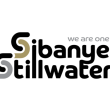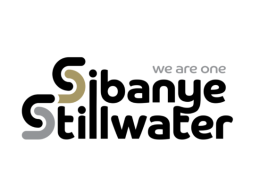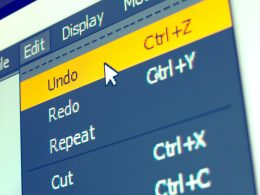Secular Outlook: Implications for Investors
by William R. Benz, PIMCO
As the lines between interest rate and credit risk become blurred, finding sources of “safe spread” becomes even more critical - with investments based on traditional, broad sector classifications worthy of review.
At PIMCO, we believe more, not less, discretion is warranted when trying to navigate volatile global markets, avoid sectors affected by financial repression and hedge against inflation and/or adverse tail events.
Diversification is still as important as ever, but we believe investors need to look at risk factors rather than traditional asset classes when making asset allocation decisions.
To meet the challenges ahead, investors should rethink “risk-free” and “risky,” interest rate and credit risk, investment guidelines, investment benchmarks and asset allocation in their investment portfolios.
If we talk a lot about our secular (three- to five-year) outlook, it is because we feel it’s really important. First and foremost, it forms the cornerstone of our investment process and provides the key structural themes behind our cyclical positioning and bottom-up, relative value strategies in our clients’ portfolios. Our longer-term views also drive our business strategy, helping us to better anticipate and prepare for the changing needs of our clients. We believe there are wider implications for investors as well, not just in terms of strategic investment positioning but in broader positioning of investment portfolios.
We can sum up our secular outlook as follows: a world operating at multiple speeds, with relative strength in the emerging economies vs. worsening debt dynamics in the developed countries; growing income inequalities; political polarization, financial repression (i.e., governments seeking to impose negative real rates of return on savers) and experimental policy measures; continued bumps and fat tail risks; and a prolonged period of low or potentially negative real returns. We believe getting the proper investment positioning in this type of environment is critical.
Proper business positioning is also important. We have seen a movement toward more bespoke “outcome-oriented” solutions in recent years – ranging from absolute return to yield, income, liability matching, inflation protection, tail risk hedging and “smart” beta using improved benchmarks – with the current secular environment likely to only further the trend. This need for outcome-oriented solutions is the key driver behind PIMCO’s evolution beyond fixed income into asset allocation and other asset classes, including active equities. It informs other parts of our business strategy as well, such as our plans for more local talent resourcing and an even greater emphasis on providing solutions.
As for the broader investment implications, we have identified five main areas that we believe will continue to challenge conventional wisdom and historical precedent, compelling investors to rethink their traditional approach to managing and positioning their investment portfolios.
Implication #1 – Rethink ‘risk-free’ and ‘risky’
If you were asked three years ago to identify which two countries with similar economic fundamentals and initial conditions– Spain or Brazil –carried a greater degree of sovereign risk, you would probably have said Brazil without much hesitation. Spain, as part of the European Union supported by wider European policy measures, would surely have been considered “risk-free” – or at least relatively low risk. Brazil, on the other hand, as an emerging market country, would surely have been considered “risky” – at least relative to Spain. But fast-forward to today and most people would say the opposite – that Spain is clearly risky and Brazil, while not risk-free, certainly appears less risky than Spain and many other sovereigns. This is pointedly reflected in current credit default swap (CDS) spreads where the cost of buying protection for Spain today is dramatically higher than it was going into the eurozone sovereign crisis (see Figure 1).

The onset of the eurozone crisis has certainly caused investors to rethink the concepts of risk-free and risky. And with the continued deterioration of developed sovereign balance sheets – including that of the U.S. – this will likely be an even more important issue going forward. In other words, sovereign analysis matters.
Implication #2 – Rethink interest rate and credit risk
Tradition says that emerging market economies have historically been associated with credit risk while developed countries have been associated with interest rate risk. But that distinction is becoming muddled as a growing number of developed economies, especially in the eurozone, are saddled with larger debt burdens and weaker sovereign balance sheets, while emerging market economies continue to exhibit stronger fundamentals. This is best exemplified by Spain, or even more so Greece, vs. Brazil. But there are many other examples on both sides, with perhaps the most striking being the U.S. now under threat of a credit downgrade.
As a firm, we have been de-emphasizing interest rate risk in favor of credit risk and other potential sources of “safe spread” within our clients’ portfolios. PIMCO defines “safe spread” as sectors that we believe are most likely to withstand the vicissitudes of a wide range of possible economic scenarios, given the range of risks. These are securities backed by strong balance sheets and/or high-quality collateral, which we view as being less susceptible to financial repression, policy mistakes and tail events, and which provide additional yield over core (e.g., German, U.S., U.K.) government bonds. Investment grade corporate bonds of issuers with strong balance sheets, high-quality asset- and mortgage-backed securities and covered bonds form the bulk of our “safe spread” holdings. But higher quality emerging market bonds – both hard and local currency – as well as select shorter-maturity high yield bonds are also attractive in our view.













